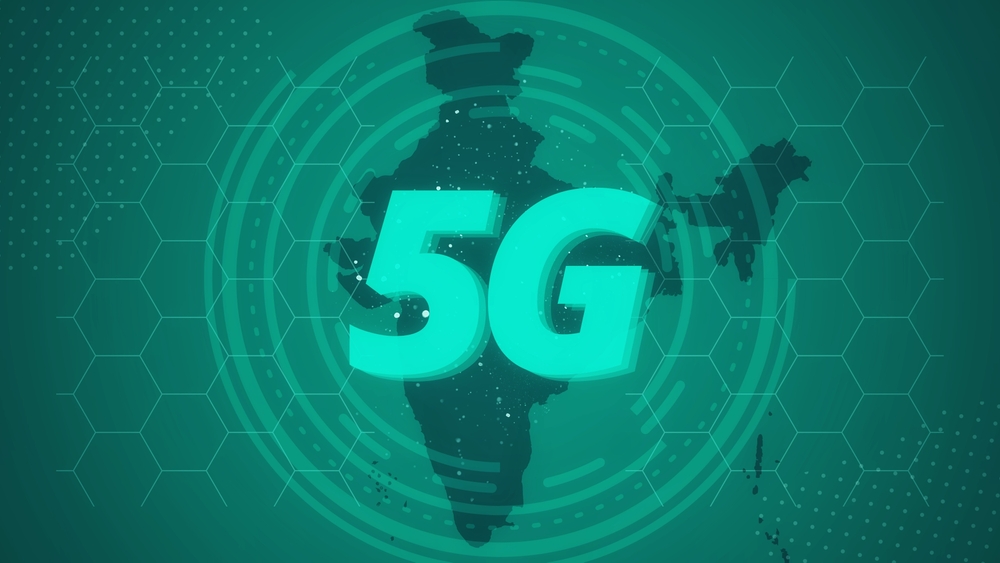5G will be estimated to generate USD 17 billion in revenue for CSPs from business enterprises by 2030, as per Ericsson-Arthur D Little study. Hence 5G implementation is the next big move in the industrial revolution and has to be done right. 5G network promises to offer high data speed, high bandwidth, low latency, and many more that can significantly benefit both CSPs and enterprises to achieve substantial revenue growth due to top-notch 5G services. Telecom operators are taking strong initiatives by making significant investments in rolling out 5G faster and making it live for end users as quickly as possible. However, as we proceed with 5G technology implementation, numerous challenges await us that must be mitigated; otherwise, the full benefits of the 5G network can’t be realized.
Challenges for 5G Network Implementation
- Frequency band and Spectrum availability issues
Brand new use cases will arise after 5G technology implementation is done on a large scale. This will create a demand for high-frequency bands. However, spectrum is a critical resource due to its cost and availability, forcing CSPs to develop a strong business use case. As these spectrums have to be purchased from governments at auction, the telecom operators have to make choices on the frequency bands and adjust their 5G network and features accordingly. This might lead to higher operational costs to offer top-notch 5G services with a limited spectrum range. - Approach for 5G network deployment
Firstly, CSPs must have a clear strategy for 5G network slicing implementation and other arrangements. Secondly, after zeroing in on the strategy, their approach towards deployment this will decides the fate of the deployment process. Based on the spectrum networks purchase made, CSPs will develop their deployment model and method that is finally needed for targeting specific 5G use cases. Further, 5G network implementation challenges include the utilization of mm-Wave frequencies & 5G small cell towers in large numbers that will require a new deployment approach and following regulations simultaneously. - Mobile devices at the user end need to be upgraded
The new generation of mobile devices is developed to support 5G bands at least in the sub-6 GHz range in the initial stages of 5G implementation. However, a large number of 4G devices must be replaced by 5G-supported ones to make 5G network implementation successful. - Managing expenses involved in 5G network deployment
5G implementation is not an easy feat to achieve. From fetching spectrum bands to placing cell tower sites, from rolling out large-scale fiber optic cables to skilled labor, all have to work in tandem to get the desired outcomes. High costs are involved in every 5G technology implementation step and are challenging for most CSPs. Stage-wise investment can save money, and choosing the right vendors will greatly affect successful 5G network implementation. - 5G network deployment challenges with security and privacy concerns
Although 5G will be at the forefront of bringing innovations to the business ecosystem, there are still things like security and privacy issues to worry about. Regarding customer experience, privacy concerns like identity, personal data, and geo-location tracking must be considered while designing security protocols. In addition, the 4G network had a broader coverage, and signals could be sent and received from a single cell tower. But with 5G networks, the coverage area is smaller, and signals cannot penetrate as strongly as 4G.
5G implementation will always encounter certain bottlenecks from time to time. But with proper planning and real-time countermeasures, CSPs can roll out 5G with relative ease, and users can enjoy the services without any hassles.















